Streets are meant to be used for two things: driving and parking. The first one is obvious; ever since the first wagon was invented, there needed to be a reliable wagon road to haul it across. With the high-speed cars we have today, we need streets that can handle them so that we’re not driving around in muddy sagebrush. The second part is more complex. America has had a complicated relationship with on-street parking. It’s our dream to be able to park right in front of wherever we’re going to. If we’re visiting a house or a store or a restaurant, we always look for the closest spot to the door, and often that spot is right out front along the street. On-street parking is so essential that most streets are built wide enough to have room for both travel lanes and parking spots. The more popular a place is, though, the harder on-street parking can be to find. Houses had to start being built with driveways and garages after neighborhoods became too popular and the streets too crowded. As streets became more crowded, we looked for ways to increase capacity and allow more cars at once to drive on them. This usually involved adding more travel lanes. And where did those extra lanes come from? Slowly but surely, on-street parking has been abolished on all but the quietest streets. In addition, the bigger stores got, the more parking they needed, so on-street parking just wasn’t adequate enough. Now most stores and restaurants have dedicated parking lots, and the streets you take to get to them are maximized for travel and have no on-street parking. On-street parking is a dying breed, especially for main thoroughfares.
Which is why it’s so remarkable that Carson City is seriously considering bringing on-street parking back to Carson Street downtown. On-street parking was allowed in Carson City forever, but increasing amounts of traffic led them to abolish it decades ago, just like has been done all over the country. There’s been a recent push to bring it back, though, mostly in response to the I-580 freeway and the declining amounts of traffic downtown. Ever since the freeway opened to Fairview and became a true “bypass”, people who are just passing through don’t need to drive through downtown anymore. This has cut down on the number of cars, and especially the number of big trucks, passing through downtown. Officials have looked at this as the opportunity to reshape downtown, with the return of on-street parking as just one facet of the master plan.
This move has brought about much ire from the population, though. Because in order to add on-street parking to a thoroughfare, something of course must be taken away. In this case, the plan is to remove one travel lane in each direction. This is the exact opposite of the dominant trend. It would bring Carson Street back to a two-lane road, something that it hasn’t been in half a century. Naysayers have been predicting doomsday scenarios of horrible traffic jams through downtown when that second lane is removed and all traffic is forced to share one lane. I don’t think it’s reached the level of organized protests yet, but surely that can’t be far off.
My thinking, though, is that downtown Carson already has bypass roads. Stewart, Roop, Division, Curry. If there was a huge traffic jam downtown, everyone would just turn off and take one of the other streets. The funny thing about traffic, where everyone is trying to maximize their own efficiency, is that patterns emerge that are not deliberately planned out, but that nonetheless make best use of the roads available. Nobody will stand for a congested Carson Street, they’ll just take another road if they know downtown is going to be crowded. It may inconvenience a few people to have to go a couple of blocks over to avoid downtown, but the idea behind reworking the streets through downtown is that eventually the only cars driving along Carson Street will be cars that have some kind of business downtown. If they’re not going downtown, they should be bypassing it anyway.
Which prompts us to look at the history of on-street parking in downtown Carson City. These photos will take us through and look at the different types of parking that have been allowed downtown in the past, and what might come in the future.
Early parking in Carson City wasn’t very regulated. You’d just drop off your wagon or stagecoach wherever you wanted. It wasn’t like there was a lot of traffic back then. That first picture is the earliest known photo of downtown Carson. It’s also the first example of on-street parallel parking.
By the 1920s, people were parking their Model Ts in nice orderly rows. This angle-in parking was common in Carson City for the first half of the 20th century.
Through the 30s and 40s, all the pictures of downtown show angle-in parking. Downtown seems a lot more alive and accessible than it does now.
There were wide sidewalks and parking meters, awnings over the doorways. Patrons to businesses along Carson Street used the front door instead of the back door. This feels a world away from the Carson City of today. The plan to reduce traffic and bring back parking is mostly an effort to make downtown as attractive to pedestrians as it looks in these pictures.
Around the 1950s there was a change downtown. The street was widened to four lanes, and downtown parking was changed from angle-in to parallel. The pictures of this era show a downtown that’s a little less friendly to pedestrians. The street starts to look like a real obstacle to overcome, with six full lanes of cars facing you down. Parallel parking on a busy street is also harrowing because you have to open your car door directly into traffic.
These elevated photos show a four-lane road with parallel parking in the 1950s and 60s. Carson Street is starting to look like the major highway it is.
Another major change came downtown in 1966. According to Guy Rocha, that was the year Carson City, spurred on by President Johnson’s Highway Beautification Plan, embarked on their own beautification project for downtown that included a median through downtown with trees and bushes. The median also brought turn lanes to downtown, so that cars turning left across the increasingly busy street would not hold up traffic behind them. Something had to go to make room for the median, though, and that something was on-street parking. Parking was abolished from Carson Street and relegated to side streets. The median did help to make downtown look better, but overall it contributed even more to Carson Street becoming a barrier that split downtown in two, rather than part of a unified whole.
The final nail in the attractiveness of downtown was the fence. Brought on by the amount of traffic that was going through downtown in the 90s, especially all the big trucks, they put up an iron fence to keep the sidewalk separate from the street. This took sidewalks that were already narrow after being shrunk when the lanes were widened, and made them even smaller and more cramped. Walking along downtown now feels like something you only do if you really really need to get somewhere. You don’t see people out for a stroll behind the fence, they’re always hurrying to somewhere. Downtown has become someplace that you only go if you want to visit one of the businesses that hasn’t yet abandoned downtown, and when you do go you park on a side street and hope that where you’re going has a back entrance so you don’t need to walk along the street. Attractive is no longer a word you can use to describe downtown Carson City.

The proposed plan overlaid over a satellite image, from www.carson.org/index.aspx?page=2826
So the point of bringing on-street parking back and jettisoning one lane in each direction is to try to recapture some of the friendliness that these old pictures exude. Maybe it’s a hopeless goal, but anything would be better than the downtown we have now. I’ve always said that if downtown is going to survive, it needs to become a destination, someplace that people want to go. Right now few people want to go downtown, and when they get there it’s a terrible experience because Carson Street is such a mess. It may be utopian thinking to think that reducing the lanes (which will both reduce the amount of traffic downtown and slow down the cars that do roll through) will be the magic elixir than brings about an attractive downtown. But I think it’s the first step in the process, and a step that all the other ones rely on. The downtown we want is not achievable with the way Carson Street is now. It has to change. I’m not thrilled that they’re proposing parallel parking instead of angle-in, or that the sidewalks won’t be getting any wider, they’ll just be shedding the fence. The median is a major factor in that, and since it’s not going away they are limited in what they can do. I had some plans five years ago (has it been that long?) about what to do to help out downtown. Five years on, nothing has been done. It’s time to get started.

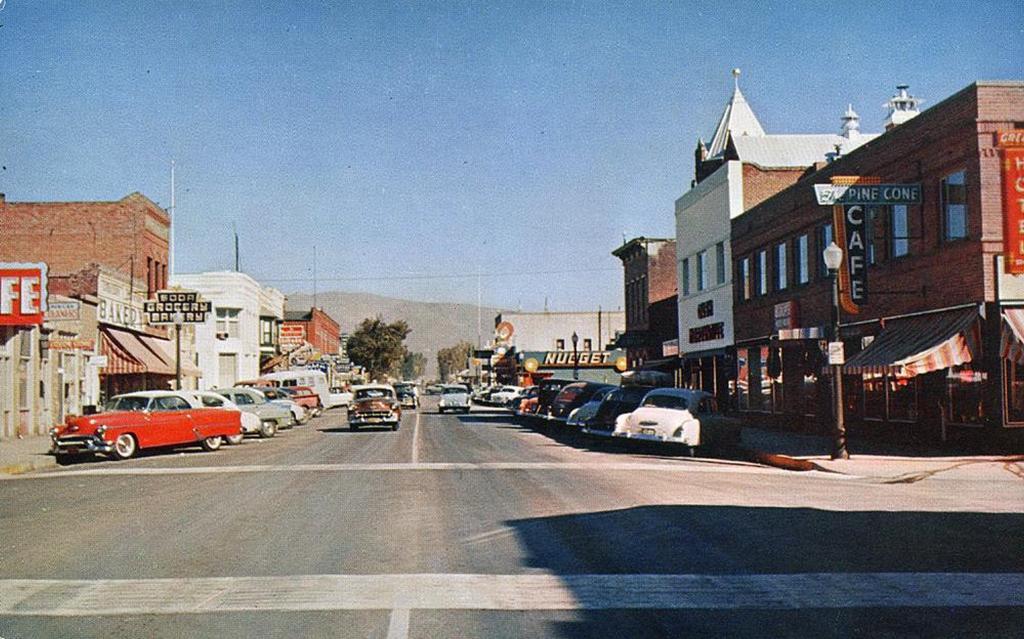
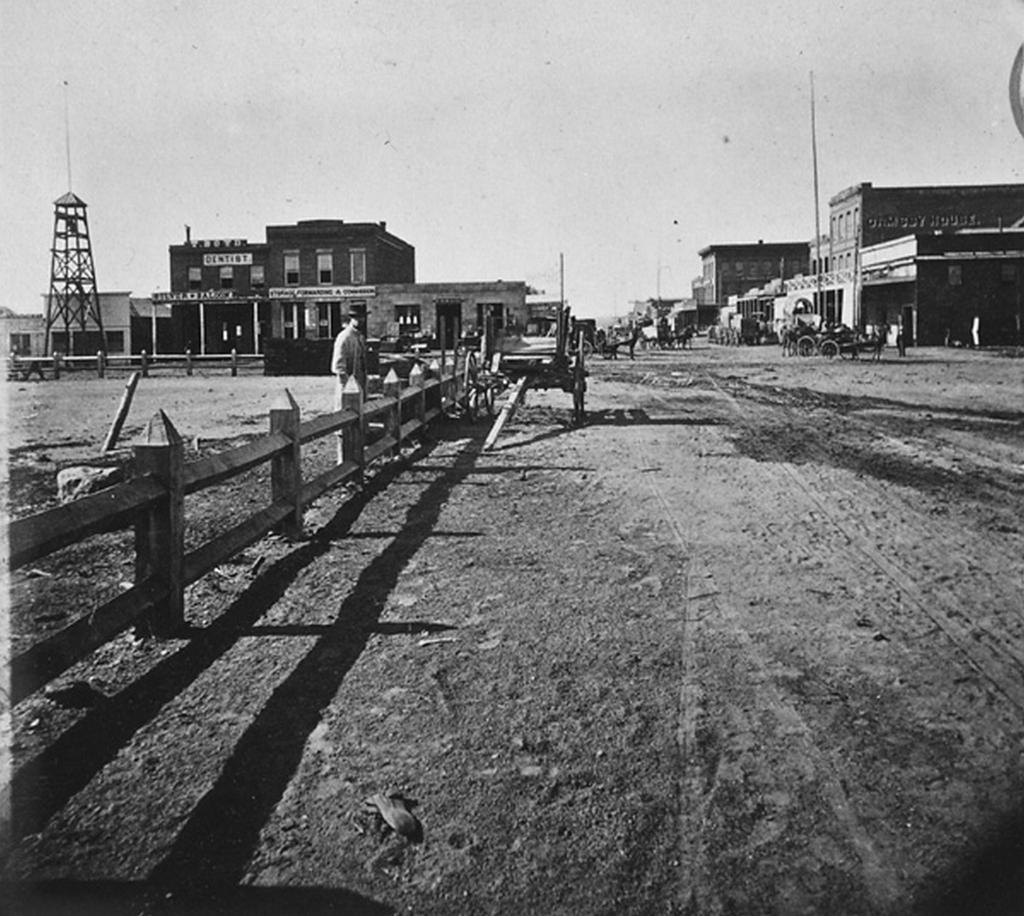
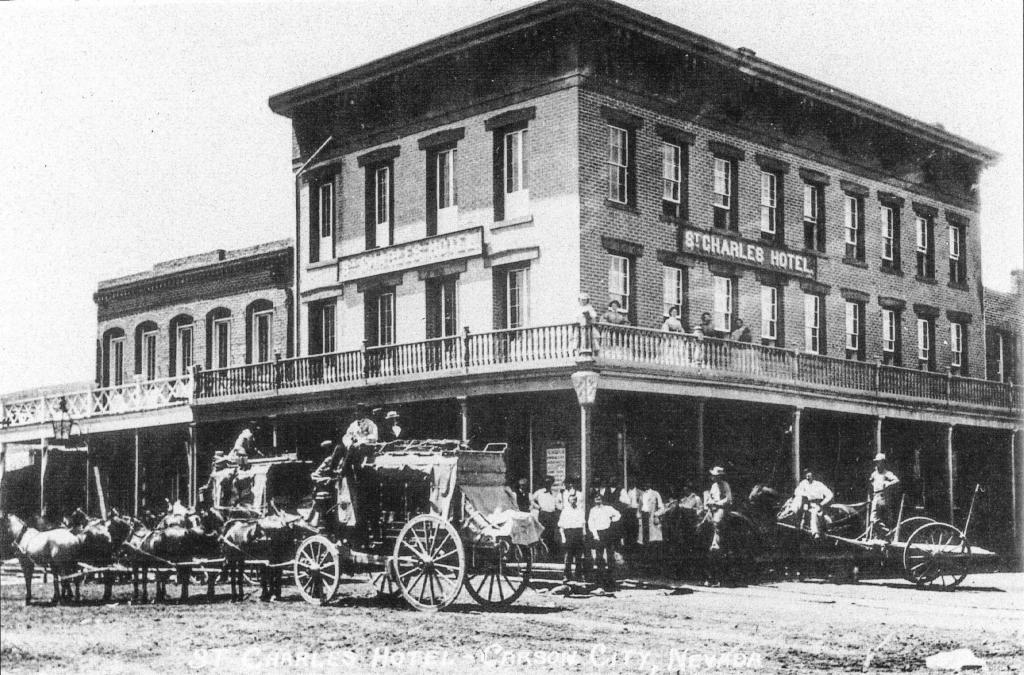
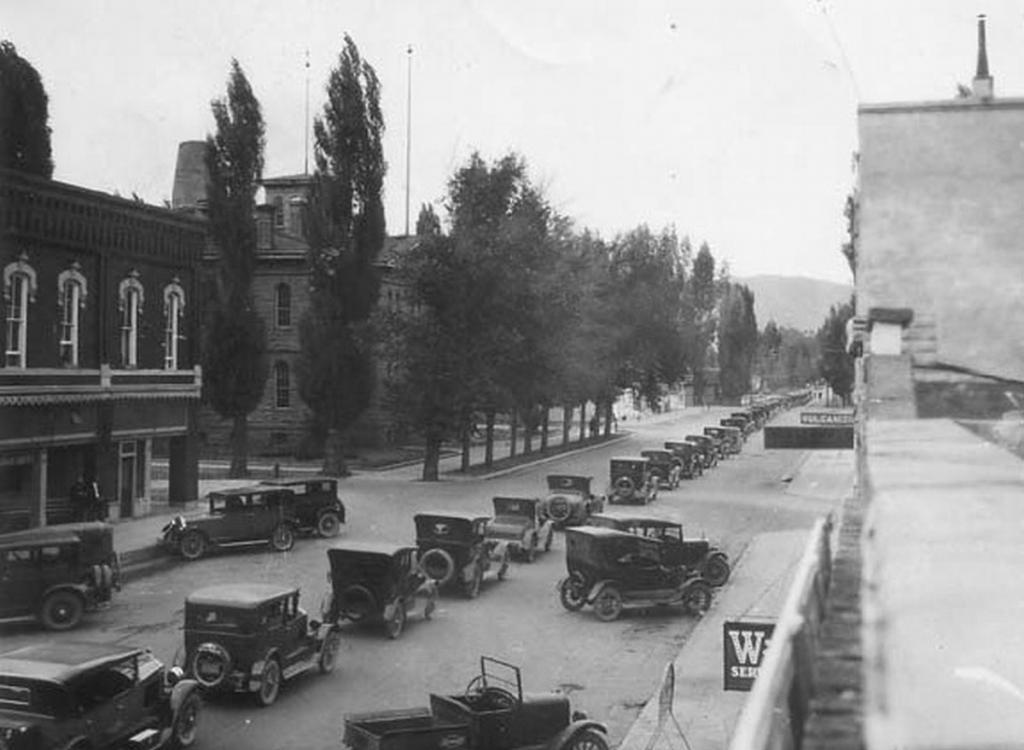
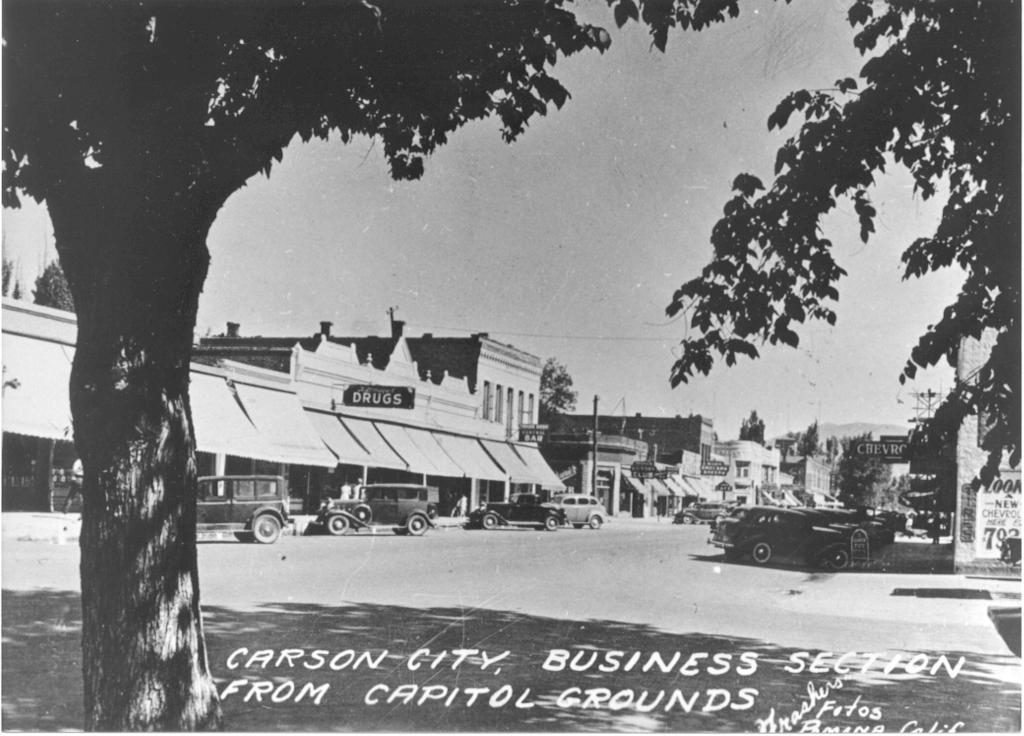
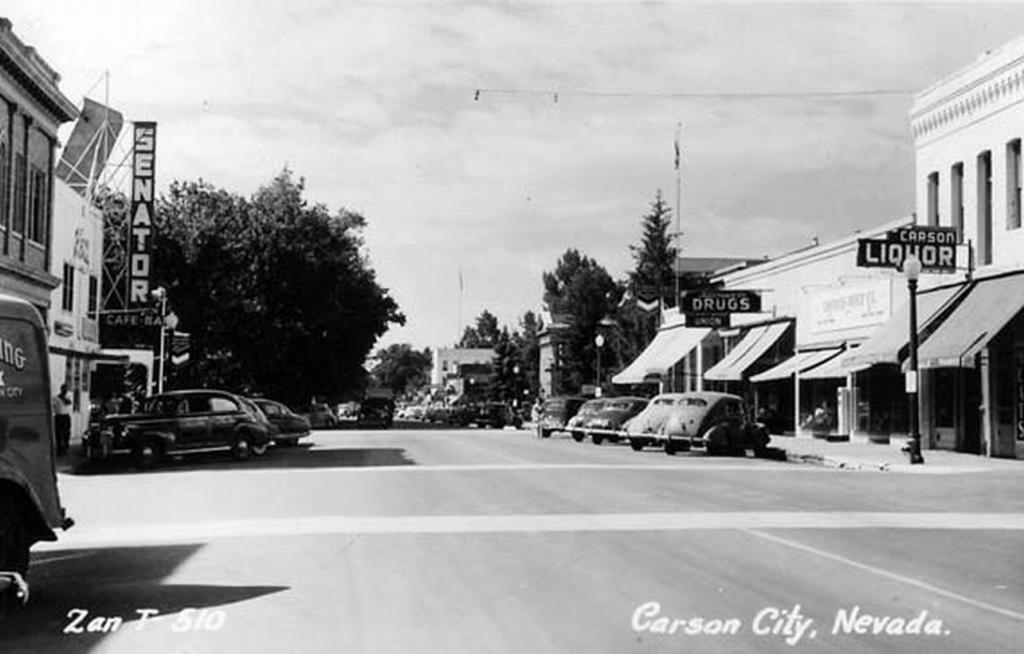
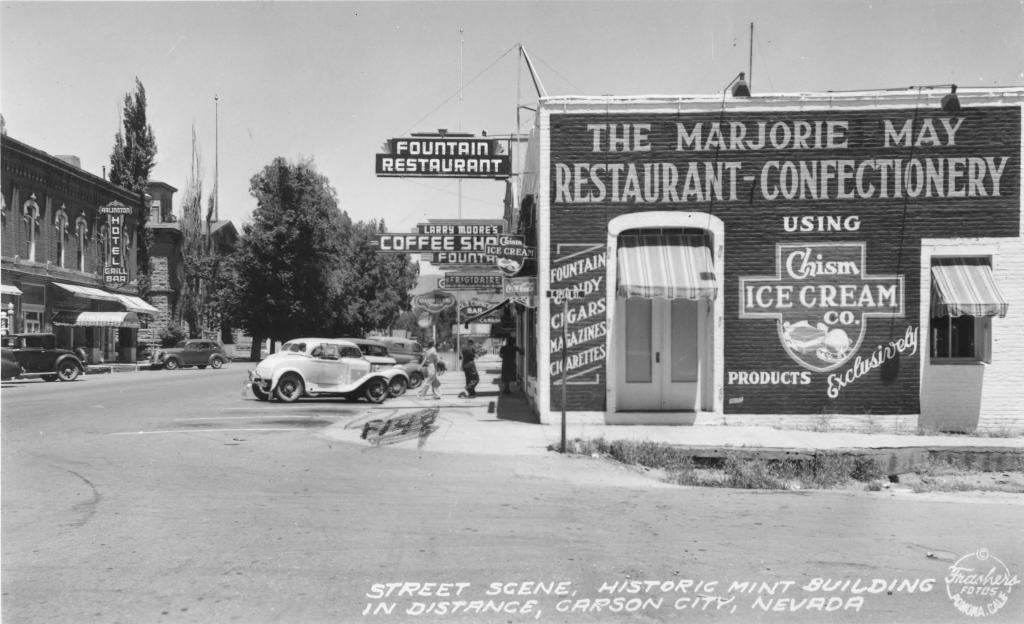
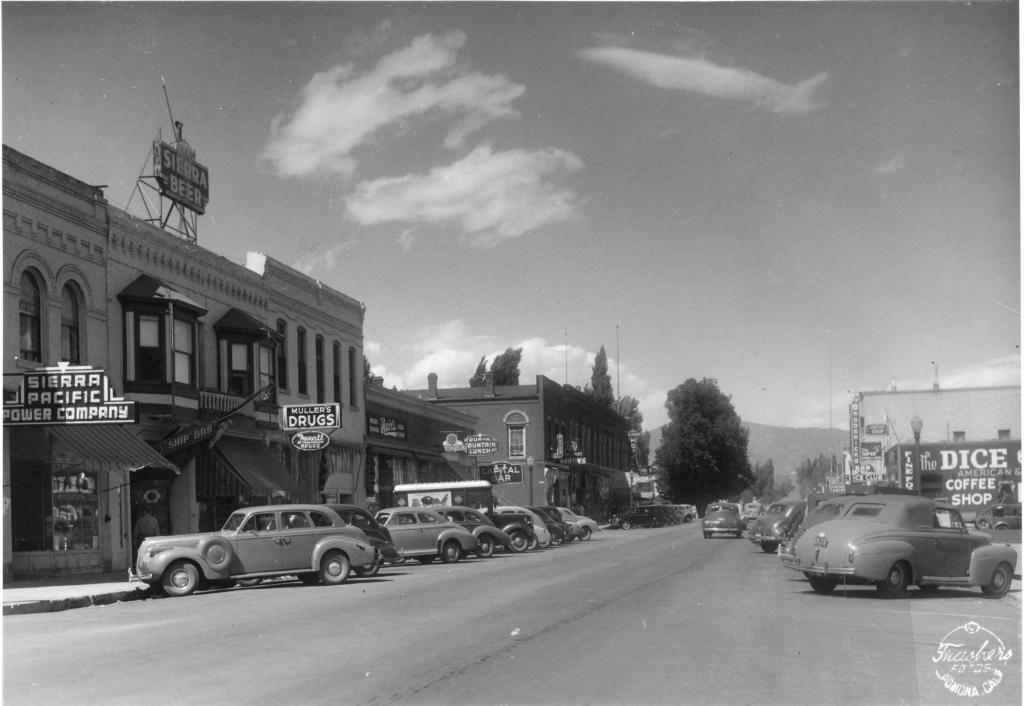
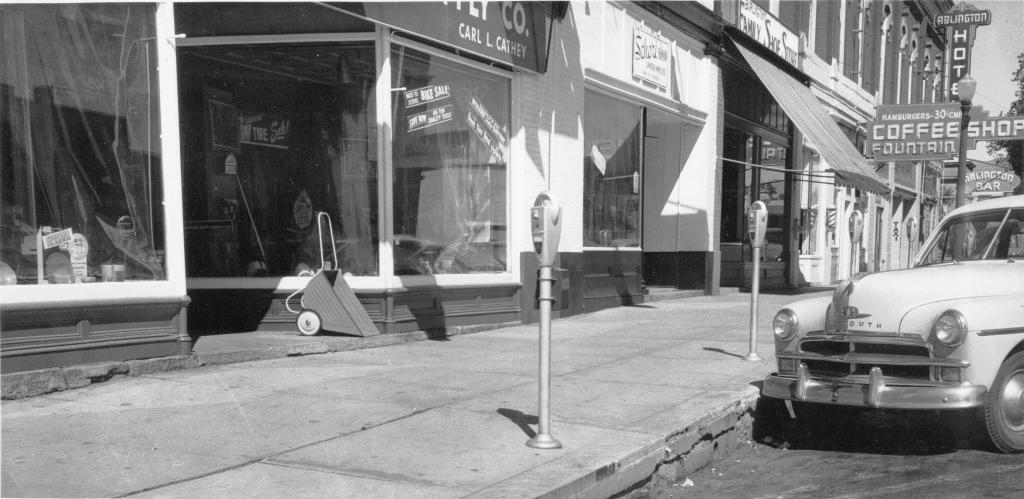
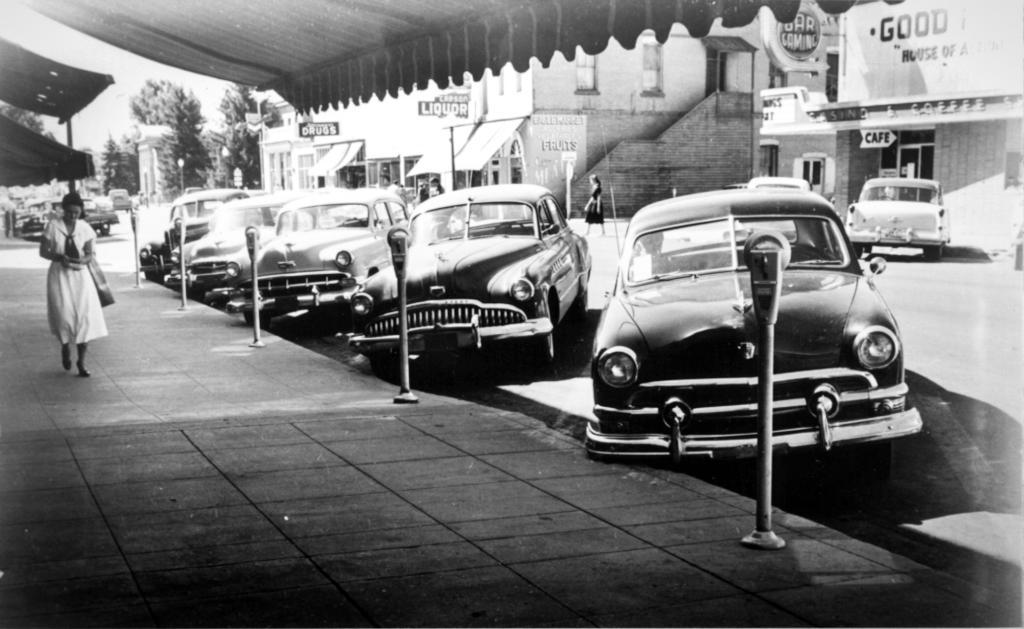
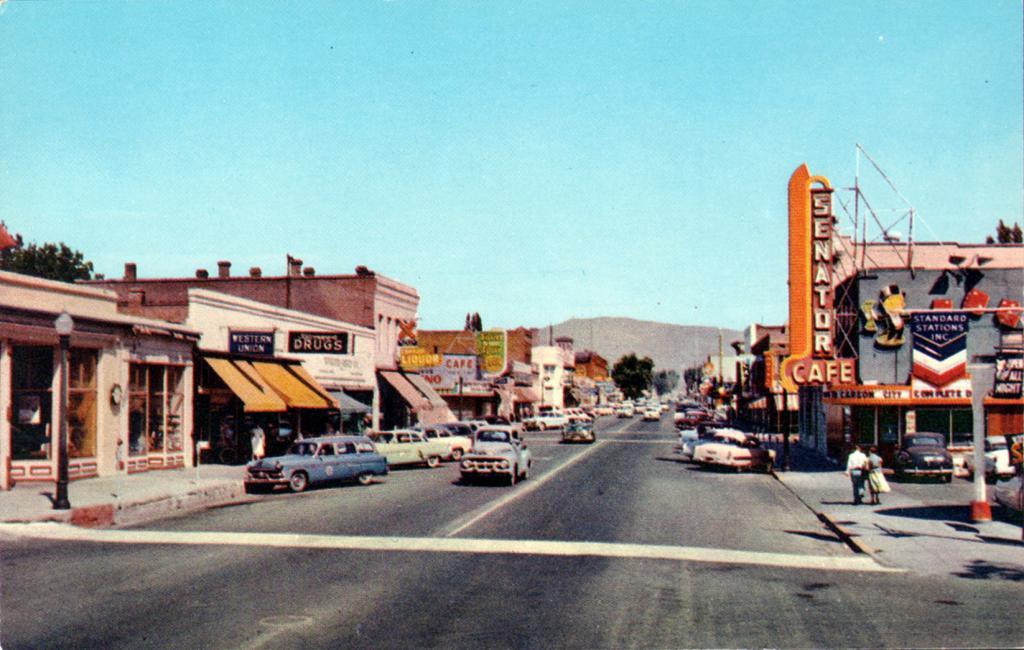
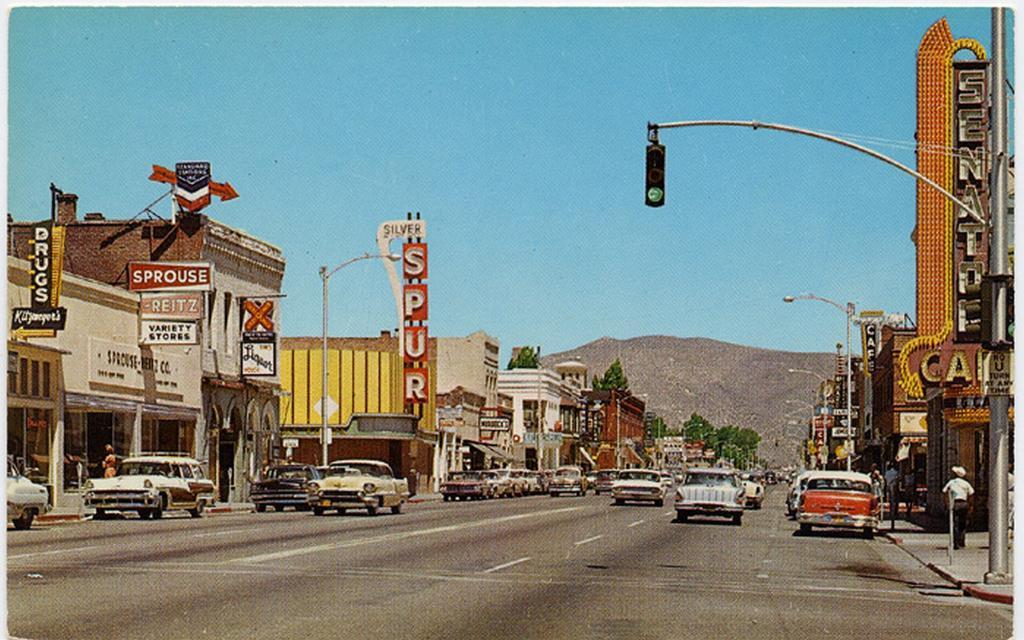
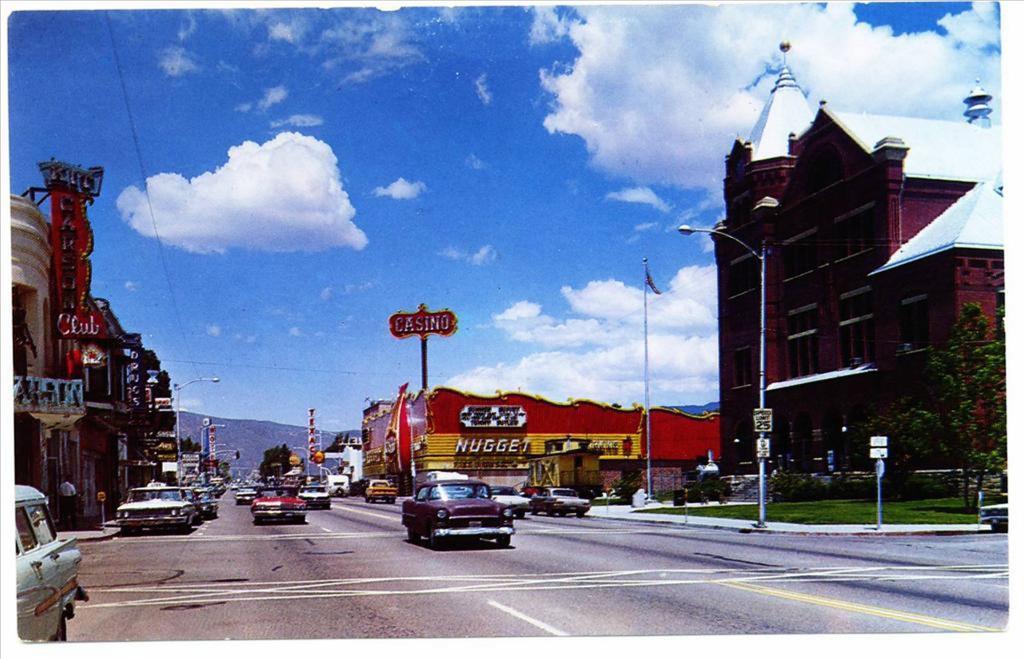
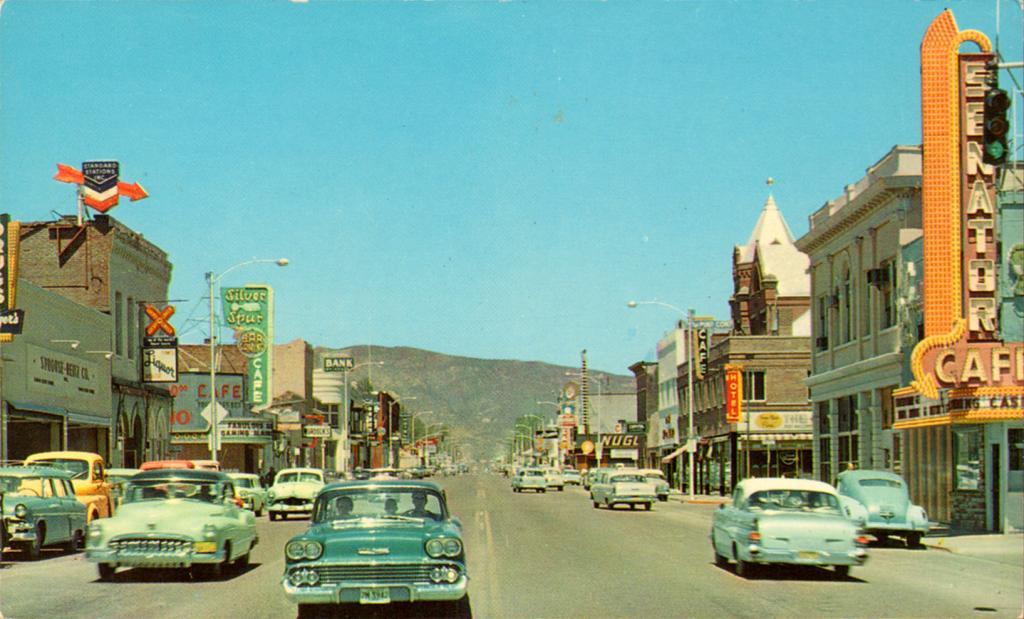
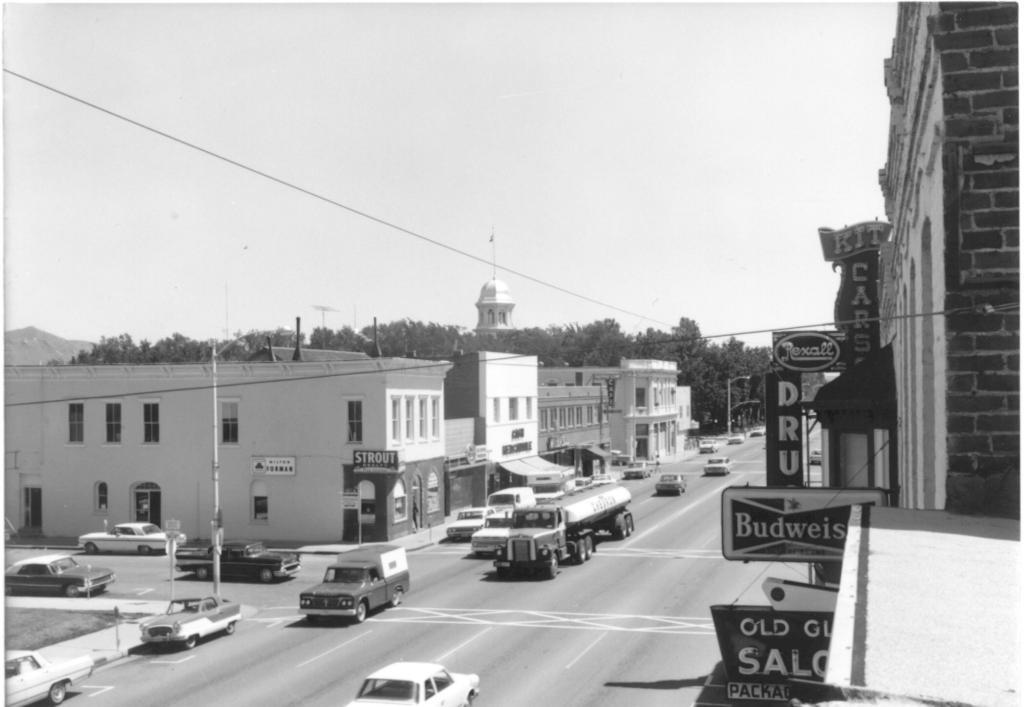
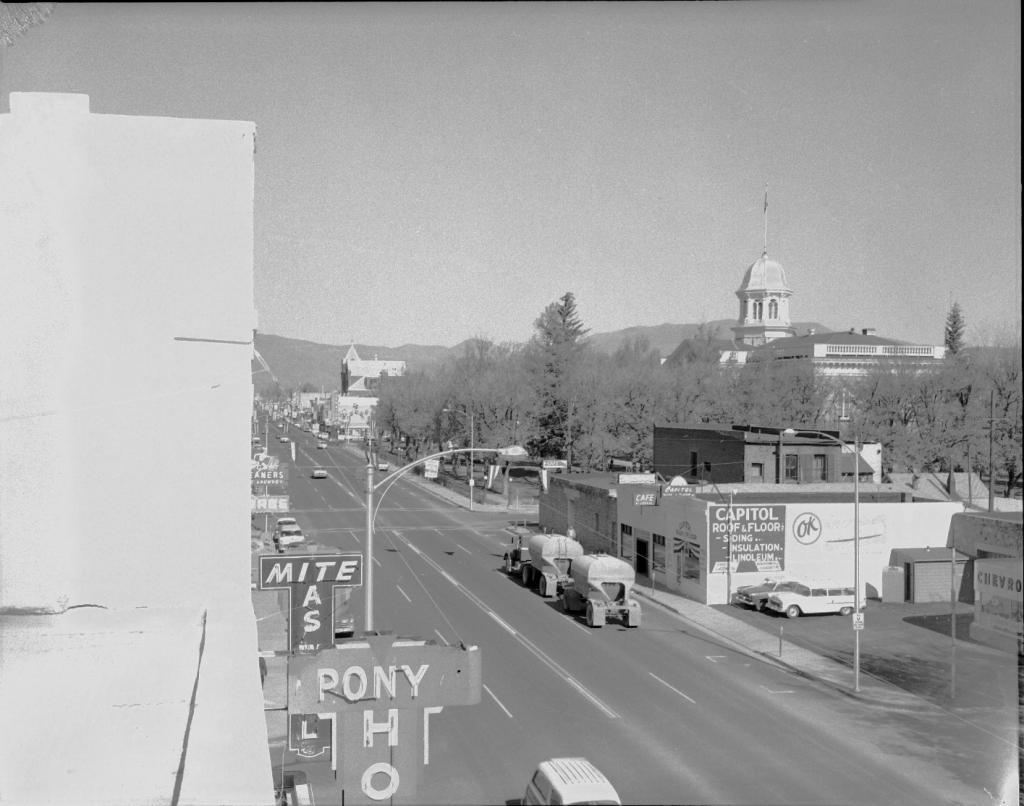
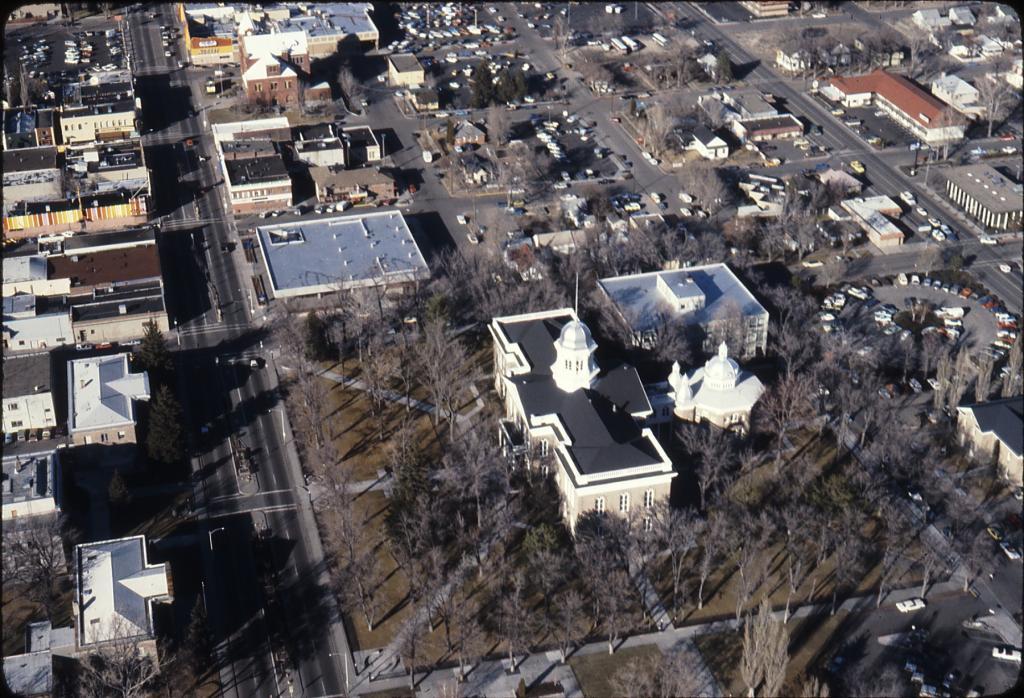
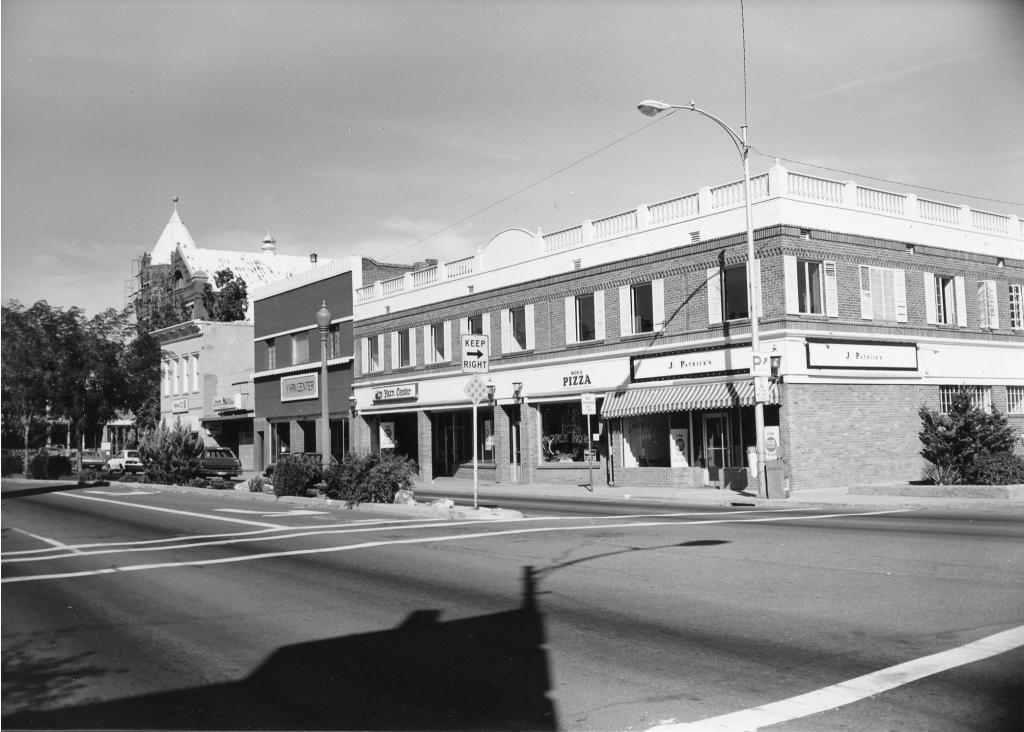


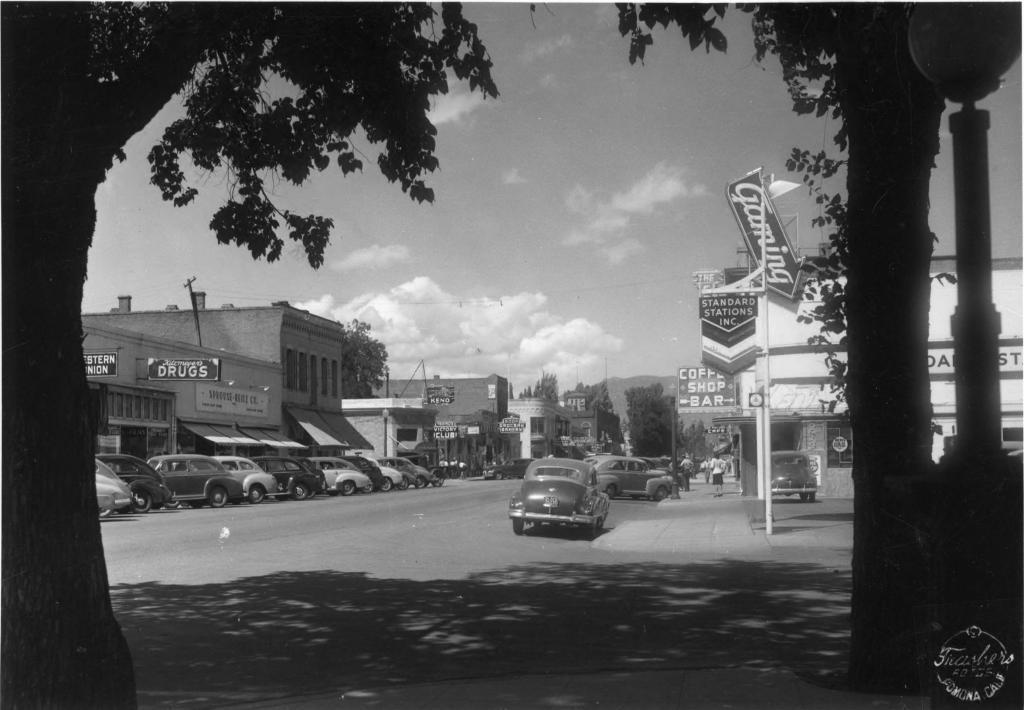

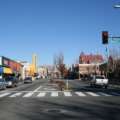

Downtown Provo has an interesting parking solution, of course we have those famously wider Mormon streets. There are wide sidewalks, two lanes of traffic, and two rows of angles parking on the median. I will try to find an image or take one and post it on Facebook.
Your insight is alarmingly informed. Great blog, Scott!
These photos are great.
You might enjoy Jeff Speck’s book, Walkable City, that came out last year, fascinating book about city planning, of all things.
You have done a wonderful job on this. Please contact me so we can discuss my present downtown plan. The businesses could use your support at out next Board of Supervisors Meeting.